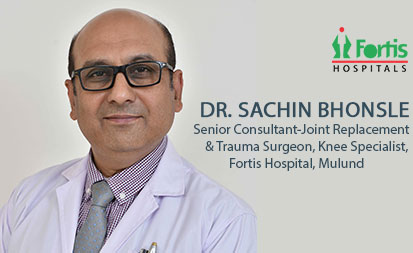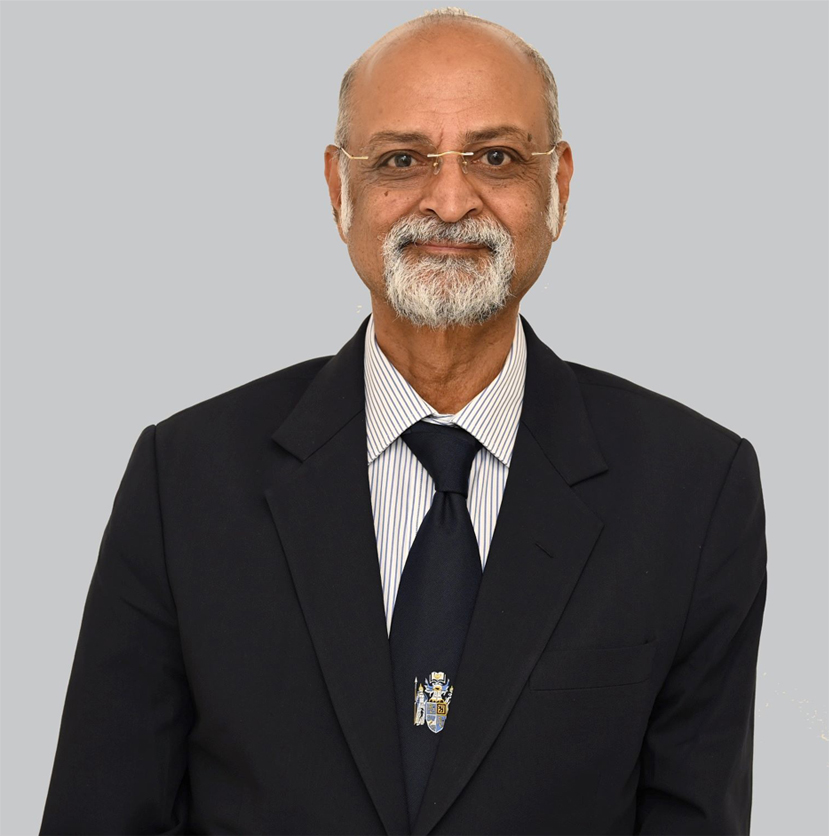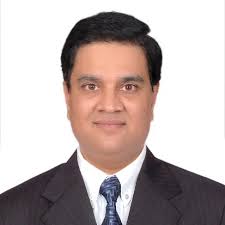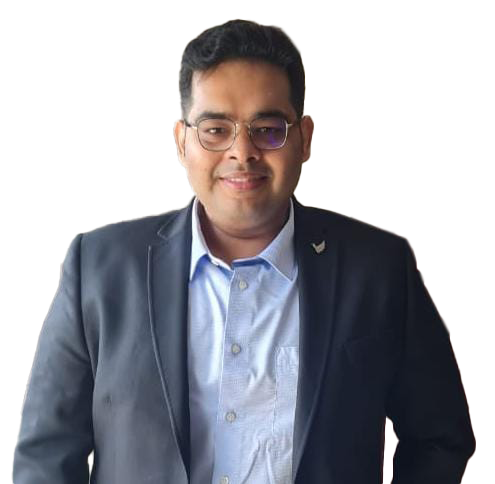How to build a robust trauma care system for India?
~ Authored by Dr Sachin Bhonsle, Senior Consultant-Joint Replacement & Trauma Surgeon, Knee Specialist, Fortis Hospital, Mulund ~ Orthopedic trauma has always been a huge challenge for healthcare providers especially, when it comes to multiple injuries resulting from road

~ Authored by Dr Sachin Bhonsle, Senior Consultant-Joint Replacement & Trauma Surgeon, Knee Specialist, Fortis Hospital, Mulund ~
Orthopedic trauma has always been a huge challenge for healthcare providers especially, when it comes to multiple injuries resulting from road accidents, fall from heights etc. Even today, healthcare providers struggle to provide utmost care on time due to the lack of road safety awareness and limited trauma care information among people. Often the golden hour is lost due to delay in shifting the patient to a trauma center and lack of training of ambulance personnels.
The Evolution of Trauma Care: The evolution of trauma care started in Europe in the 17th century, initially with the treatment of injuries with soft tissue procedures. Post the American independence war, these European principles were adopted by American doctors trained in England and Scotland. During the first and second world war, it was confirmed that blood transfusions save lives. The importance of immobilizing fractured limbs and subsequently internally fixing those using implants became standard.
During the Korean War, it was recognized that following a trauma, the fluid from blood vessels shifts into cells leading to depletion of blood volume. It was then that the Importance of shifting patients quickly to hospitals using air ambulances was established.
Current Scenario: Current trauma care norms followed worldwide were introduced after a tragic plane crash in 1976. The pilot was an orthopaedic surgeon named James Styner. He was critically injured with along his three children. The deficiencies he saw in the trauma care led him to develop a system comprising of training personnel to acutely manage trauma victims.
The significance of Advanced Trauma Life Support (ATLS): There is clinical evidence, that standardized management of trauma patients in the emergency room improves outcomes. Keeping with the same, the ATLS course and guidelines were nationally standardized in the US in 1980 and subsequently worldwide. The ATLS course trains all providers – doctors, paramedics, and nurses alike. They are trained to resuscitate an injured victim in a systematic way such as A for airway, B for breathing, C for circulation etc.
Requirements for a Robust Trauma Care System:
Train personnel: Doctors, nurses, and paramedic staff including ambulance drivers who will attend the victim at the accident site, transport, and deliver acute care in a trauma care center.
Transport of patient: Ambulance or air ambulance equipped with resuscitation equipment. The equipment includes a chest drain machine, ventilator and monitoring equipment. Patients are often intubated and ventilated at the accident site. The set-up also includes a fully-equipped trauma set up with qualified doctors and nurses’ team at hospitals that can deliver immediate care.
An efficient trauma center is roughly divided into four levels namely:
Level 1: Centres have round the clock availability of doctors with fully equipped set-up
Level 2: Centres have onsite specialists and staff trained in trauma care for all types of injuries
Level 3 & 4: Centers are specialized tertiary referral trauma care facilities where excellence has been demonstrated in providing ATLS trauma care
Going Forward: There is a lot of unmet need for trauma care in our country. According to statistics, India has the leading number of accident victims, yet we fall short of following good road safety regulations. Nevertheless, India’s regulatory scenario has been gradually evolving. Some of our medical college hospitals have now been transformed to advanced trauma centers. Large corporate and government hospitals now have round the clock availability of orthopaedic surgeons, surgeons, Neurosurgeons, Anesthesiologists, well-equipped operation theatres, blood banks and trauma ICU care facilities. There have been several instances where a patient in shock, with unrecordable blood pressure, was immediately resuscitated with intravenous fluids, unstable fractures were immediately & rapidly stabilized with external fixation devices.
However, these are still rare cases in India and there is a long way from having a robust and efficient nationwide trauma care system. What we need is more trained workforce for efficiently and effectively managing trauma patients to save as many lives as possible.






